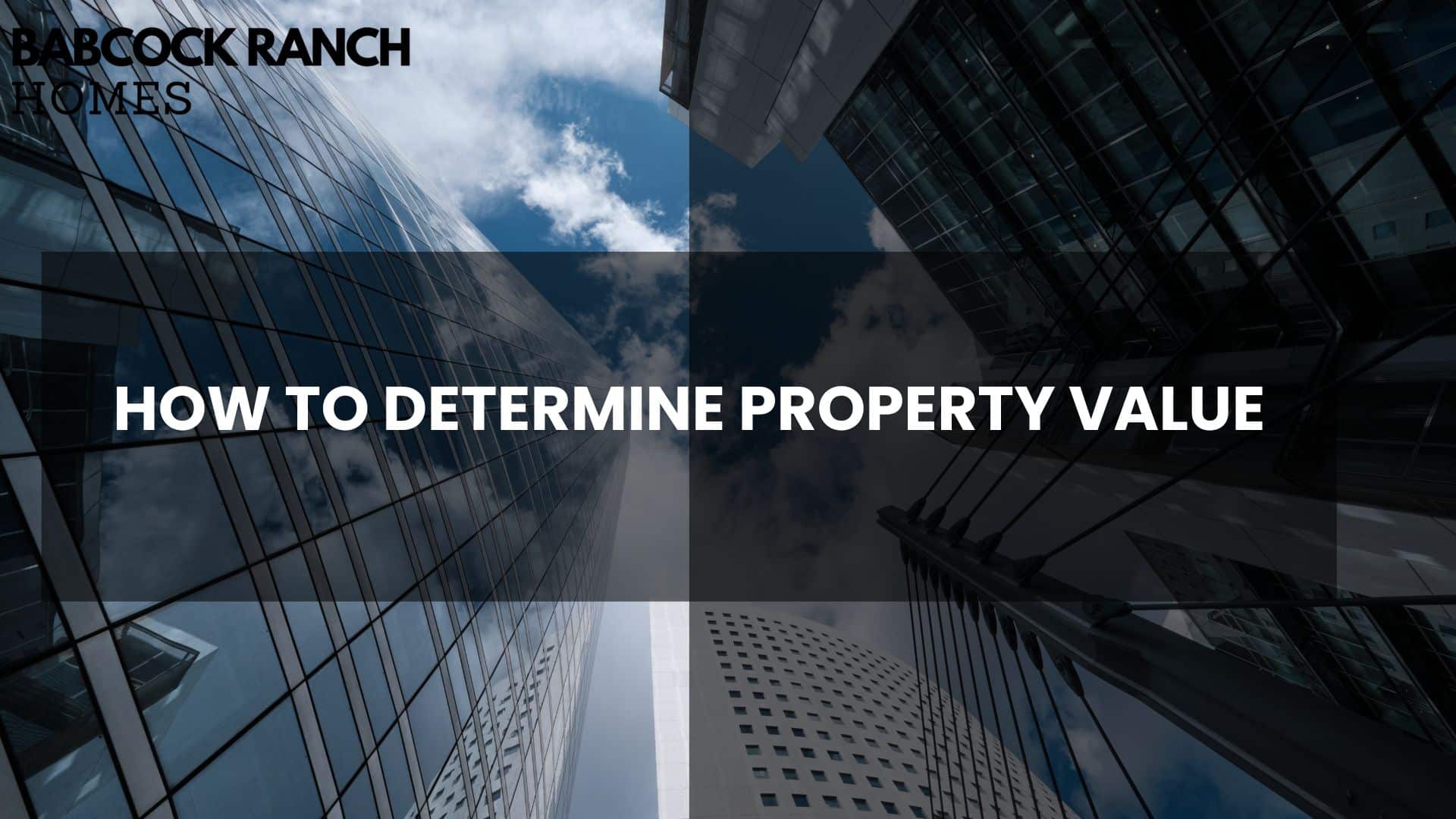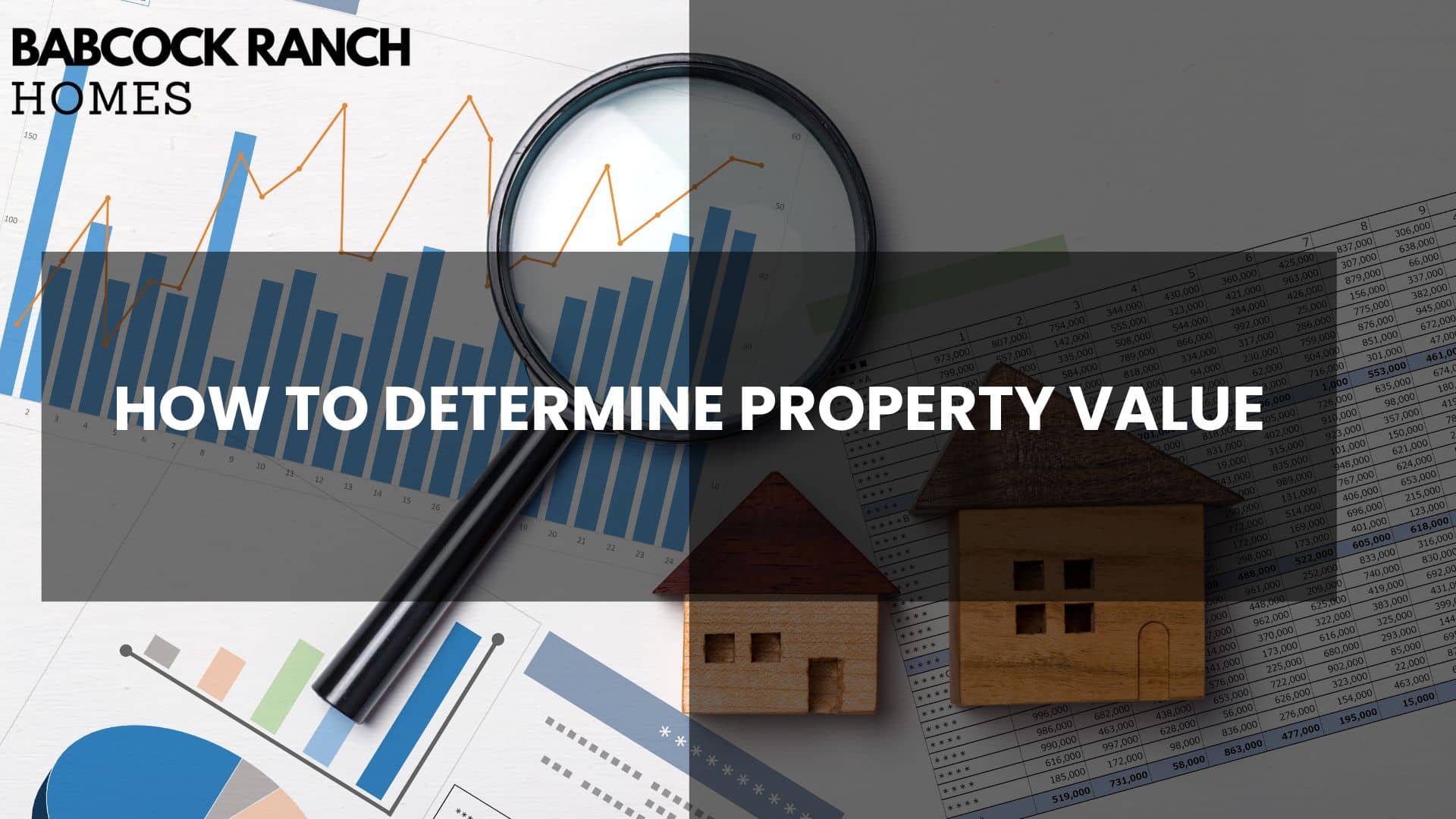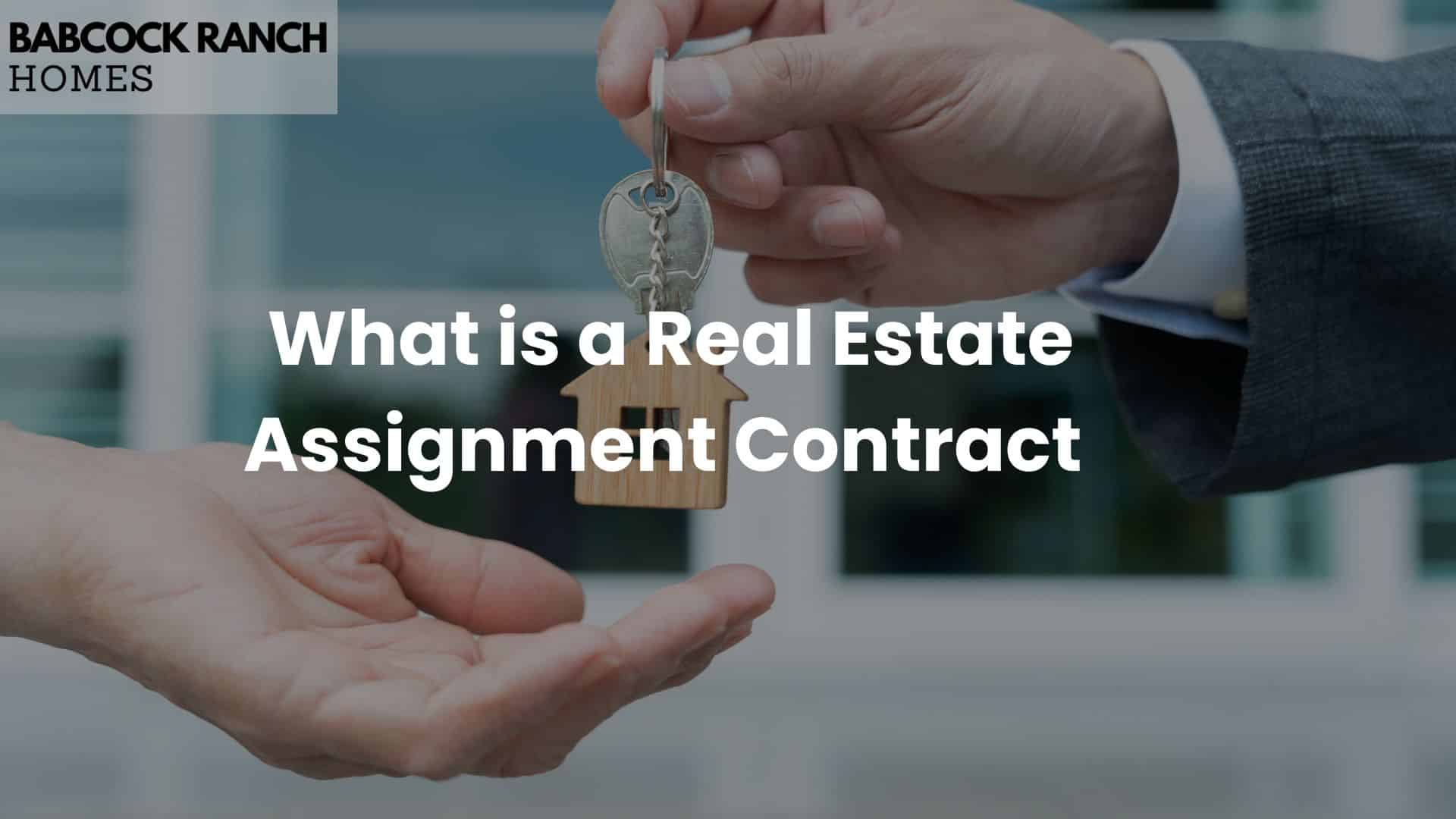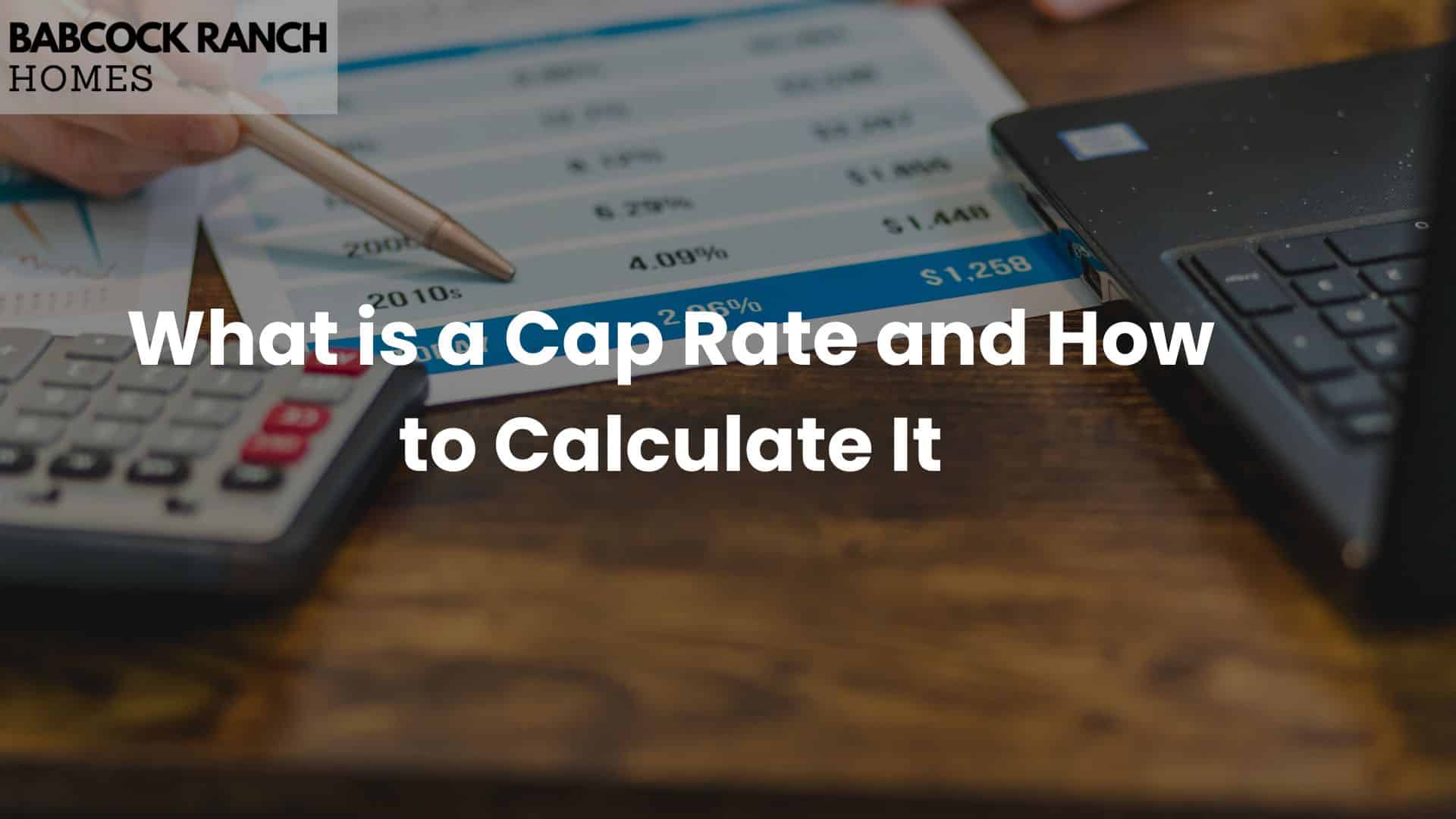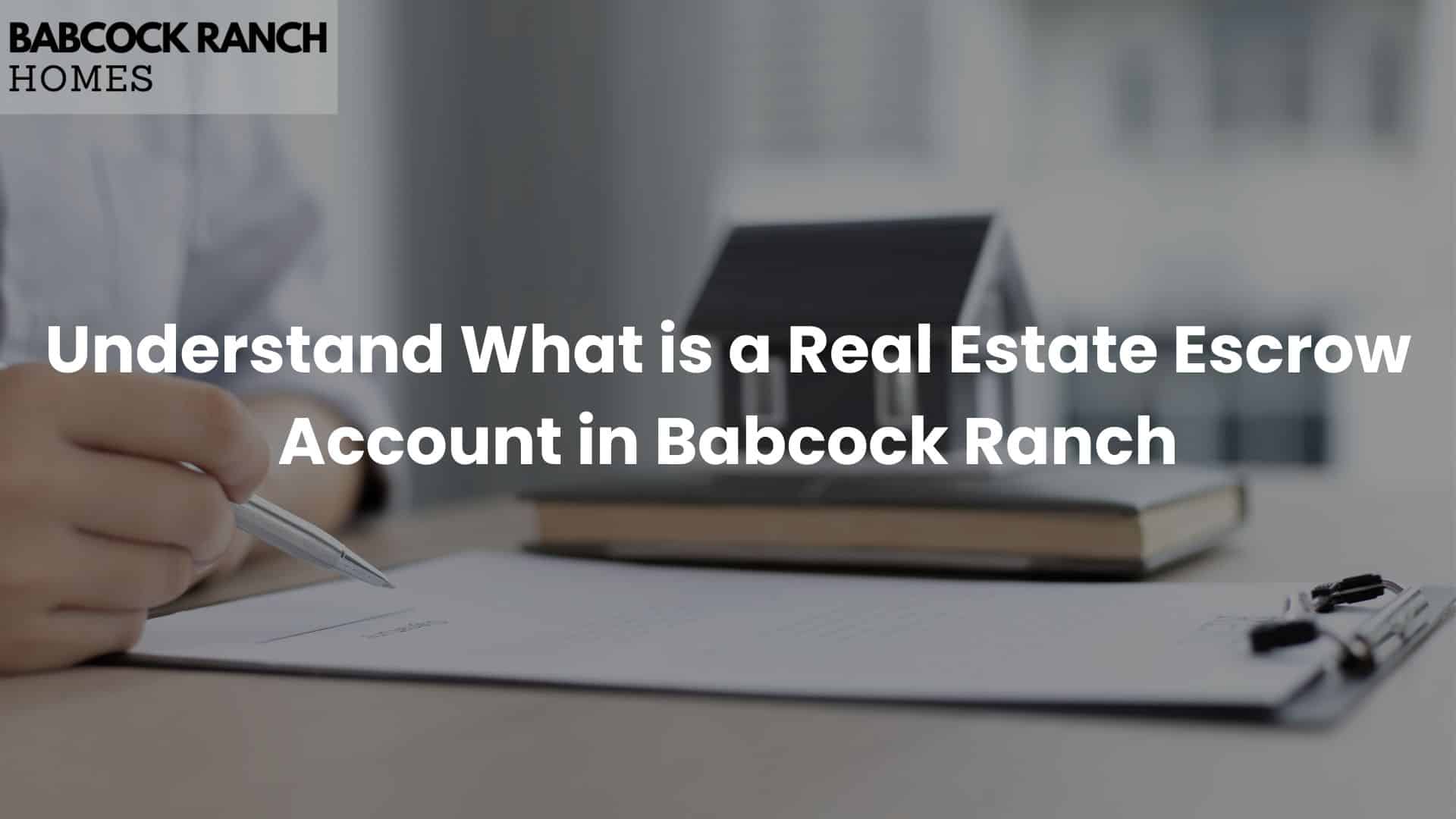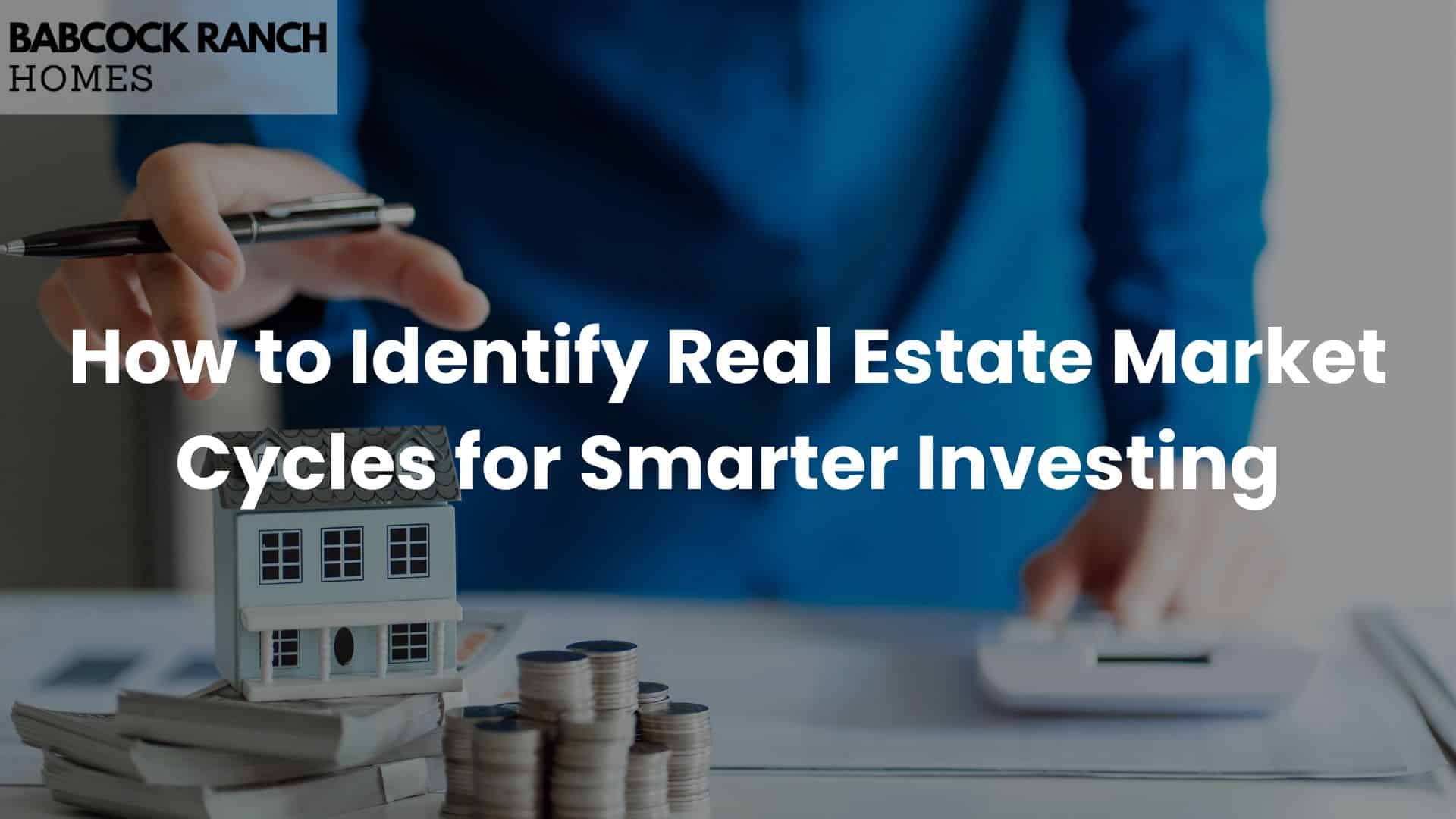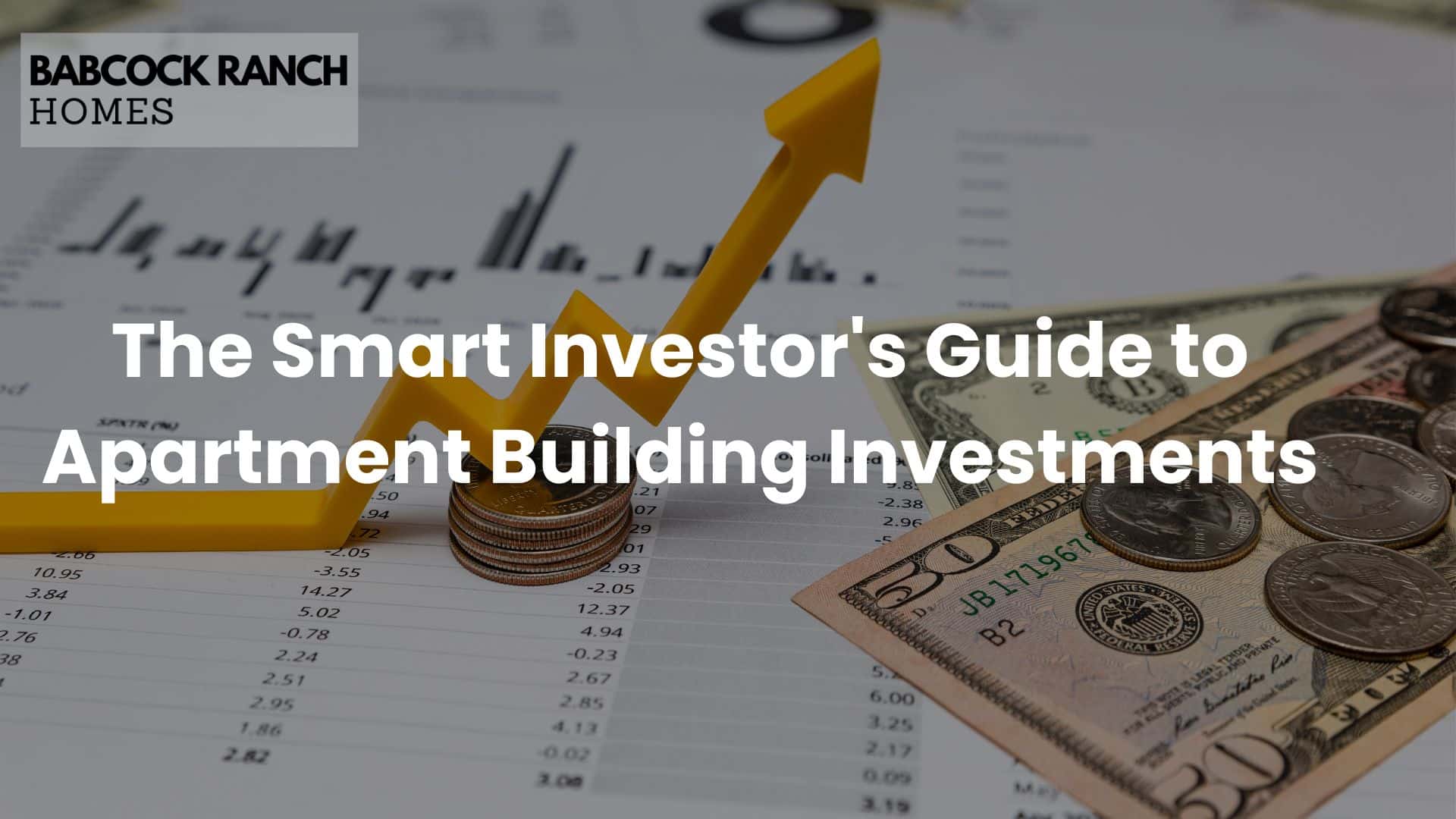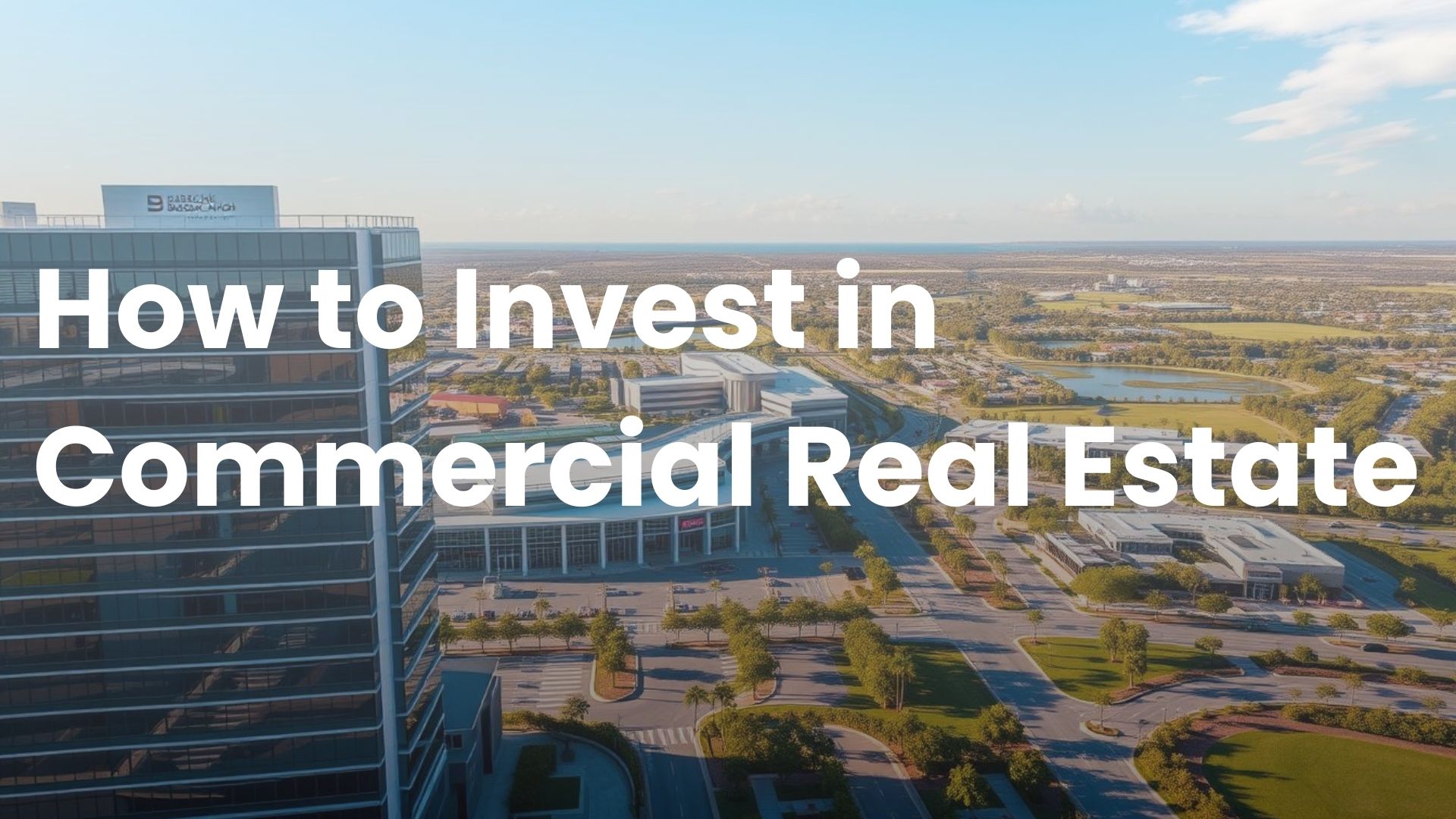
Strategic property acquisitions offer a proven path to long-term financial growth. Unlike residential options, assets like retail spaces, office buildings, and mixed-use developments generate consistent income while diversifying portfolios. Babcock Ranch Homes specializes in guiding clients through this dynamic sector, combining market expertise with localized insights from Florida’s thriving communities.
Successful ventures require understanding key factors like tenant demand, location advantages, and financing structures. Current market conditions emphasize the importance of assets with strong cash flow potential and value appreciation. Partnering with experienced professionals helps navigate complexities like lease agreements, zoning regulations, and risk assessment.
Babcock Ranch Homes simplifies the process for newcomers by clarifying industry terminology and evaluating opportunities. Their team analyzes trends across Southwest Florida’s growing economy, identifying properties with stable occupancy rates and growth potential. This approach balances immediate returns with sustainable wealth-building strategies.
Key Takeaways
- Diversify portfolios with income-generating assets like retail or office spaces
- Analyze local market trends to identify high-potential opportunities
- Prioritize due diligence on tenant stability and property conditions
- Leverage professional guidance for financing and management decisions
- Focus on long-term value growth alongside monthly cash flow
Upcoming sections explore specific strategies for evaluating deals, securing financing, and maximizing returns. Babcock Ranch Homes’ proven methods help investors make confident decisions in today’s competitive market.
Introduction to Commercial Real Estate Investing
Properties designed for business use form the backbone of local economies and investor portfolios. These income-generating spaces range from bustling retail centers to professional office complexes, each serving distinct market needs. Babcock Ranch Homes helps clients navigate this landscape, combining Florida’s growth trends with actionable insights.
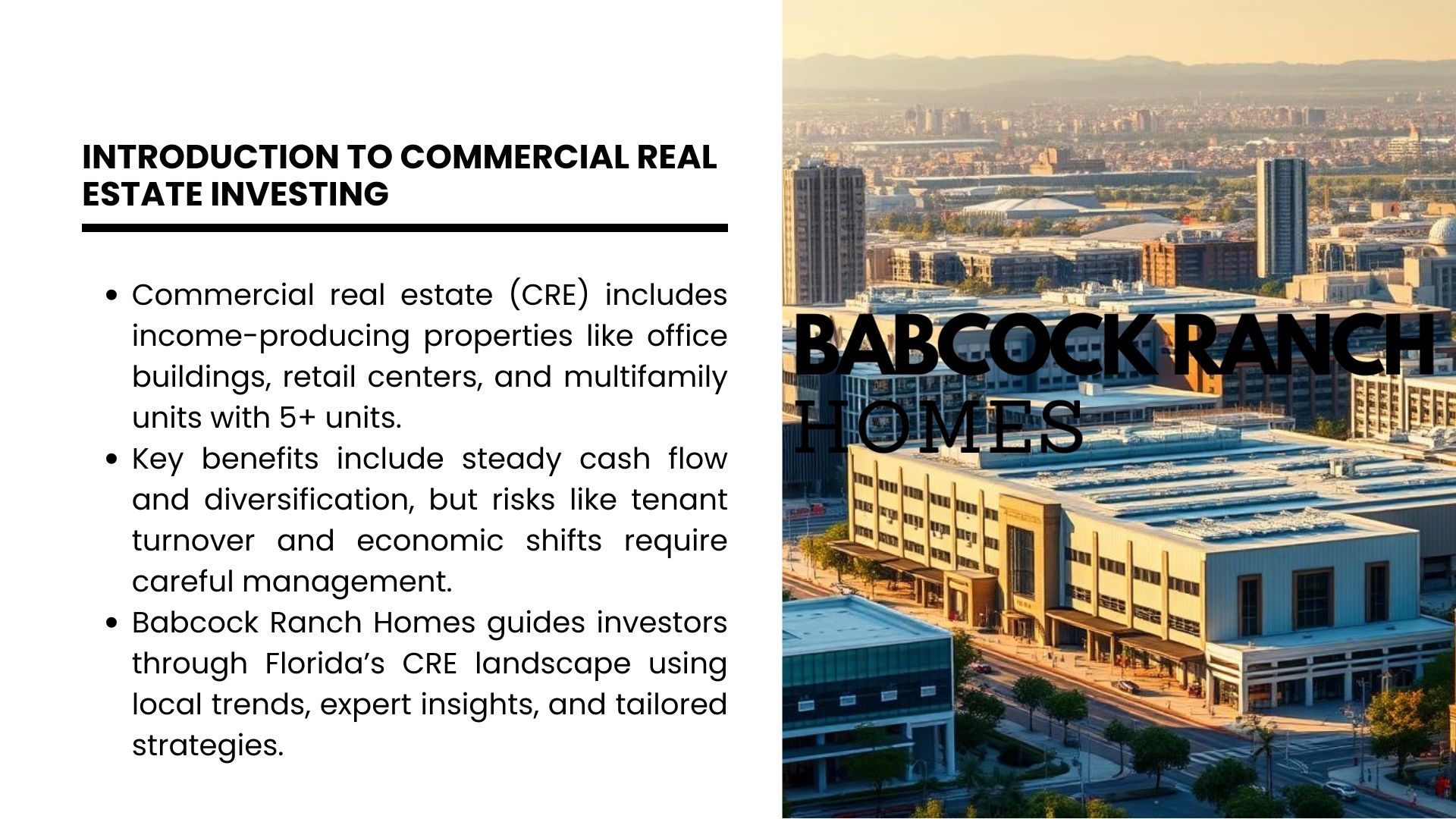
What is Commercial Real Estate?
This category includes properties leased to businesses for revenue generation. Office buildings, shopping plazas, and apartment complexes with five or more units fall under this umbrella. Unlike residential housing, these assets typically involve longer lease terms and professional tenant relationships.
Key distinctions include zoning regulations and valuation methods. “Commercial properties derive value from income potential, not just comparable sales,” notes a 2023 industry report. This approach requires understanding metrics like net operating income and capitalization rates.
Benefits vs. Risks in CRE Investing
Steady cash flow and portfolio diversification attract many investors. Well-located properties often maintain stable occupancy, while lease escalations can boost returns over time. Multifamily units in areas like Babcock Ranch benefit from consistent housing demand.
However, economic shifts and tenant turnover pose challenges. A retail center might thrive today but struggle if anchor businesses leave. Partnering with experts like Babcock Ranch Homes (518-569-7173) helps balance these factors through localized market analysis and risk assessment strategies.
Successful investors prioritize education about lease structures and market cycles. Upcoming sections explore practical steps for evaluating opportunities, from financing options to exit strategies.
Understanding the Basics of How to Invest in Commercial Real Estate
Mastering industry terminology transforms complex deals into manageable opportunities. Clear communication with brokers, lenders, and partners hinges on shared vocabulary. This foundation helps evaluate opportunities accurately and avoid costly misunderstandings.
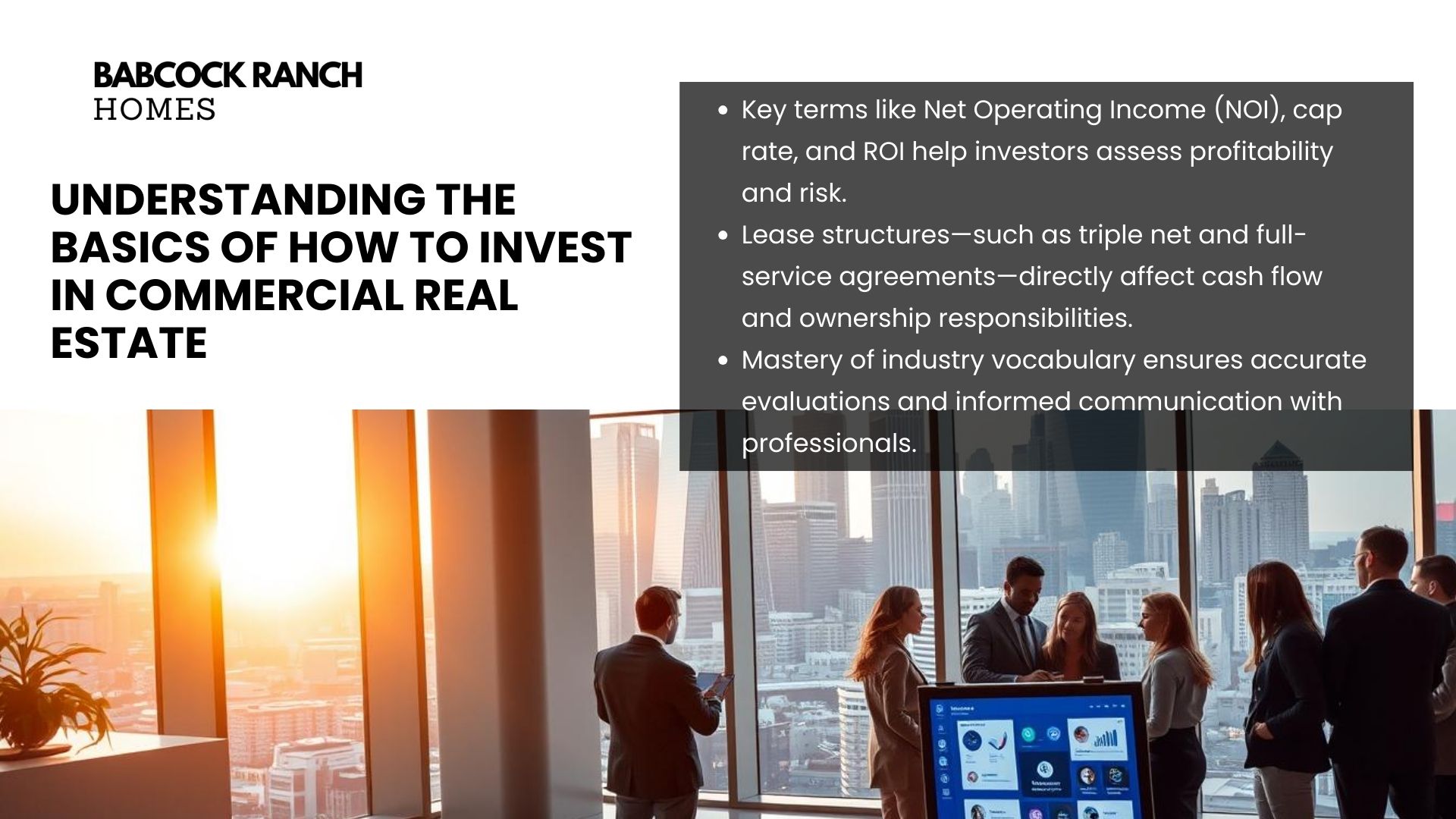
Essential Vocabulary for Success
Net Operating Income (NOI) measures annual earnings after expenses like taxes and maintenance. “It’s the lifeblood of valuation,” states a 2023 market analysis. Investors use this figure to assess a property’s profitability before financing costs.
Capitalization Rate (cap rate) compares NOI to purchase price. A 6% rate suggests the asset could pay for itself in ~16 years. Lower rates often indicate stable markets, while higher ones signal growth potential or increased risk.
- ROI: Total returns relative to initial investment
- Triple Net Lease: Tenant covers taxes, insurance, and maintenance
- Debt Service Coverage Ratio: Measures cash flow against loan payments
Lease structures directly impact cash flow stability. Full-service agreements place maintenance responsibilities on owners, while modified gross leases split costs. Understanding these terms enables smarter comparisons between properties in sectors like retail or multifamily housing.
“Cap rates tell the story of risk versus reward better than any sales pitch.”
Types of Commercial Properties
Diverse property categories serve distinct economic roles while offering varied benefits for portfolio growth. Four primary sectors dominate this landscape, each requiring specific evaluation criteria and management approaches.
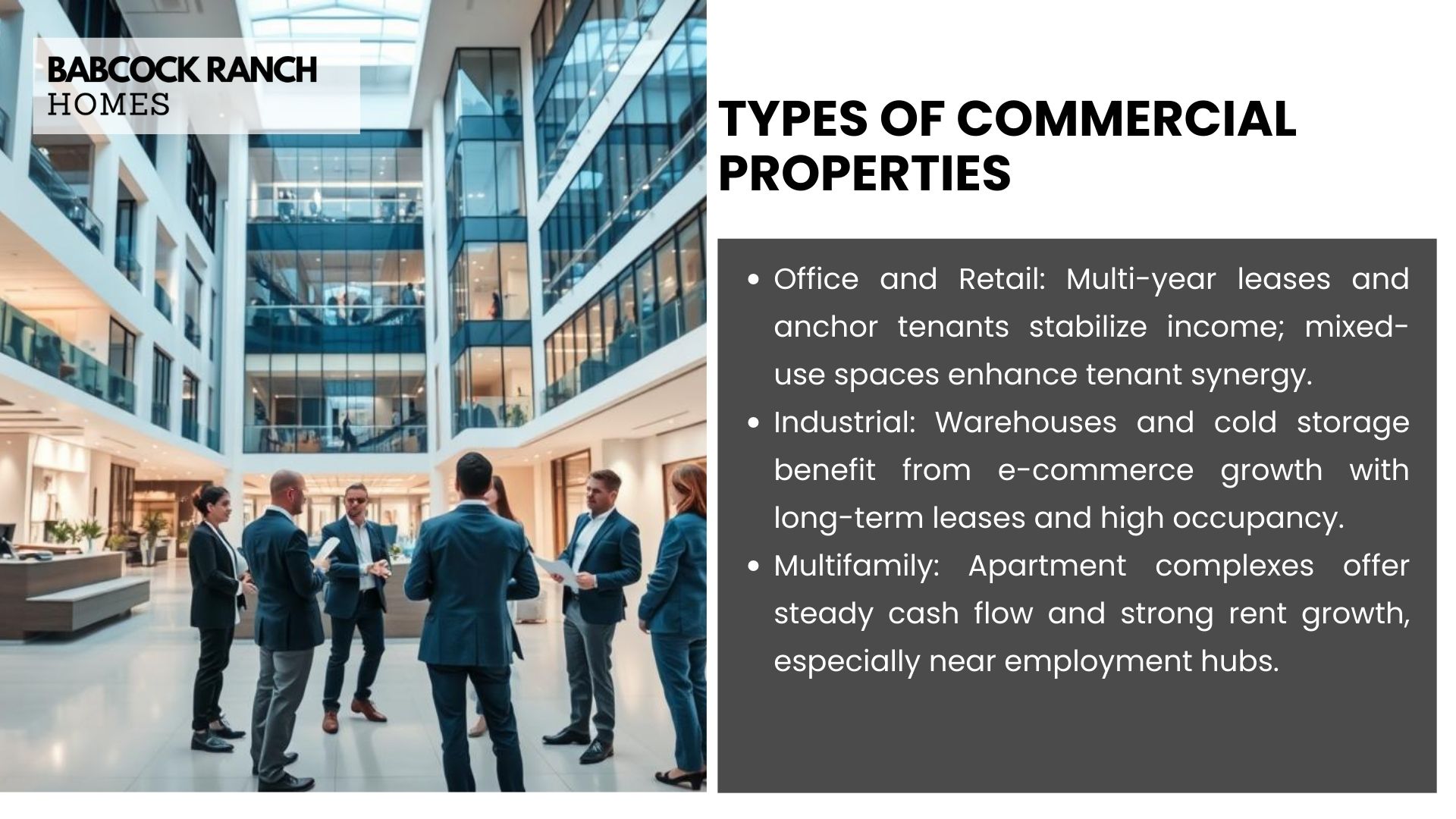
Office and Retail Spaces
Corporate buildings attract businesses seeking professional environments, often through multi-year leases. Class A towers in urban centers command premium rents, while suburban complexes cater to smaller firms. Retail centers thrive on foot traffic, with anchor tenants like grocery stores stabilizing income streams.
Strip malls typically use triple net leases, transferring maintenance costs to shop owners. A 2023 ICSC report showed retail vacancies at 5.7% – the lowest since 2019. Mixed-use developments combine retail with residential units, creating synergistic tenant ecosystems.
Industrial and Multifamily Units
Warehouses and distribution hubs support e-commerce growth, particularly near transportation corridors. These properties often feature 10-year leases with built-in rent escalations. Cold storage facilities have surged in demand, boasting 98% occupancy rates nationwide.
Apartment complexes with 5+ units provide consistent cash flow through housing needs. Florida’s multifamily sector saw 7.2% rent growth in 2023, outpacing national averages. “Residential density near employment hubs remains a safe bet,” observes a recent market analysis.
| Property Type | Average Lease Term | Key Tenant |
|---|---|---|
| Office | 3-5 years | Corporations |
| Retail | 5-10 years | National chains |
| Industrial | 7-10 years | Logistics firms |
| Multifamily | 1 year | Residents |
Investment Strategies for the Modern Investor
Navigating property markets demands tailored approaches aligned with financial goals. Options range from hands-on ownership to passive participation through digital platforms. Industry classifications like core (stable assets), core-plus (moderate upgrades), and opportunistic (high-risk repositioning) help match strategies to risk tolerance.

Direct Investment Approaches
Purchasing properties outright offers maximum control and potential returns. A 2023 National Council of Real Estate Investment Fiduciaries report shows value-add strategies delivered 14.2% annual returns through renovations and tenant upgrades. However, owners handle maintenance, leasing, and market fluctuations.
| Strategy | Risk Level | Typical Returns |
|---|---|---|
| Core | Low | 4-6% |
| Core-Plus | Moderate | 6-9% |
| Value-Add | High | 10-15% |
Indirect Options: REITs & Crowdfunding
Real Estate Investment Trusts let investors buy shares in managed portfolios. Crowdfunding platforms pool smaller amounts for specific projects. Both options require less capital but offer limited decision-making power. “Digital platforms now account for 18% of CRE transactions under $5 million,” notes a 2023 CrowdStreet analysis.
- REIT Advantages: Liquidity, dividend income, diversification
- Crowdfunding Risks: Project delays, platform fees, limited exit options
Hybrid models are emerging, with some firms offering curated direct investments alongside managed funds. Successful participants balance active involvement with market research, adjusting tactics as economic conditions evolve.
Steps to Getting Started in CRE Investing
Building wealth through property requires careful preparation and strategic planning. Successful entrants begin by studying local economic patterns and defining measurable targets. This foundation helps align financial goals with achievable market opportunities.

Market Research and Education
Analyze regional employment growth and infrastructure projects. Southwest Florida’s 4.8% population increase in 2023 signals rising demand for retail and multifamily spaces. Industry reports and zoning maps reveal emerging hotspots before they become saturated.
Educational resources like online courses or mentorship programs demystify lease structures and valuation methods. “Knowledge transforms uncertainty into calculated decisions,” notes a Babcock Ranch Homes advisor. Networking with local brokers and attending trade events uncovers off-market deals while building industry relationships.
Setting Clear Investment Objectives
Define specific targets for annual returns, risk tolerance, and capital allocation. A $500,000 portfolio might allocate 60% to stable office buildings and 40% to value-add retail properties. Track metrics like occupancy rates and tenant retention to gauge progress.
- Review historical rent trends in target submarkets
- Calculate projected cash flow after maintenance costs
- Establish exit strategies for different market scenarios
Babcock Ranch Homes assists clients in matching ambitions with regional realities. Their team evaluates property conditions, lease terms, and economic forecasts to create actionable roadmaps. Regular strategy reviews ensure adjustments align with shifting market dynamics.
Evaluating Market Trends and Location Factors
Location dictates success in property portfolios more than any other single factor. A 2023 CBRE study revealed suburban office vacancies dropped to 15.3%, outperforming urban counterparts by 4.8 percentage points. This shift highlights how demographic changes and remote work trends reshape value potential.
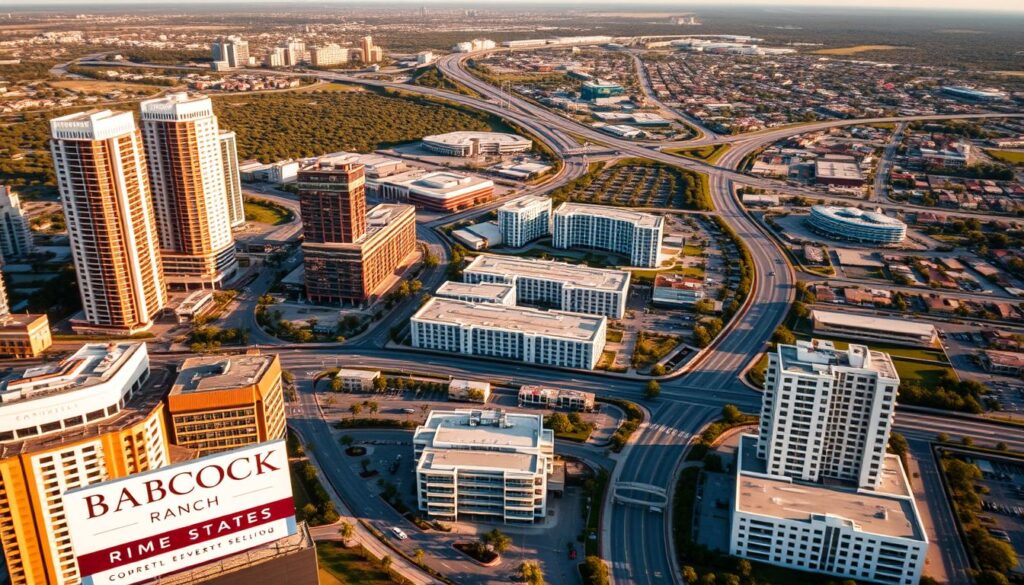
Key economic indicators drive performance across sectors. Employment growth above 3% annually typically signals strong retail demand, while infrastructure projects boost industrial property values. The Sun Belt region saw 12% rent appreciation in 2023, fueled by population migration and business relocations.
Critical location advantages include:
- Walkability scores above 90 for retail centers
- Highway access within 2 miles for logistics hubs
- Proximity to healthcare facilities or universities
“Suburban mixed-use developments now deliver 22% higher ROI than traditional downtown offices.”
Emerging markets like Nashville and Raleigh demonstrate how tech sector growth lifts entire neighborhoods. Established hubs like Manhattan maintain stability through global tenant demand. Investors balance these opportunities by analyzing:
| Market Type | Vacancy Rate | 5-Year Appreciation |
|---|---|---|
| Established | 8.1% | 18-24% |
| Emerging | 5.9% | 31-37% |
Risk assessment requires examining zoning changes and environmental factors. Coastal properties face rising insurance costs, while inland assets benefit from climate migration patterns. Regular market audits help spot trends before they impact cash flow.
Financing Your Commercial Investment
Securing the right capital structure often determines profitability in property ventures. A 2023 Federal Reserve survey shows 62% of successful acquisitions rely on tailored financing solutions. Options range from conventional bank products to collaborative funding models, each impacting cash flow and risk profiles differently.

Bank Loans and Government-Backed Solutions
Traditional lenders typically offer loans covering 65-80% of a property’s value. Commercial mortgages often feature 5-25 year terms with fixed or adjustable rates. SBA 504 loans remain popular for smaller acquisitions, providing up to 90% financing through bank and CDC partnerships.
Key considerations include:
- Debt service coverage ratios above 1.25x
- 20-30% down payment requirements
- 5-7 year rate lock periods
Collaborative Capital and Digital Platforms
Syndications pool funds from multiple investors for larger projects. Crowdfunding platforms like CrowdStreet facilitated $4.3 billion in transactions during 2023. REITs offer liquidity through stock exchanges, with equity varieties yielding 4-8% dividends annually.
| Method | Pros | Cons |
|---|---|---|
| Bank Loans | Predictable payments | Strict qualifications |
| Syndications | Higher leverage | Shared control |
| REITs | Diversification | Market volatility |
Emerging hybrid models combine elements of debt and equity financing. “Understanding amortization schedules prevents cash flow surprises,” advises a Babcock Ranch Homes financial specialist. Proper structuring helps preserve capital for maintenance and upgrades while maximizing long-term value.
Due Diligence and Risk Management
Protecting capital requires systematic evaluation before acquiring any asset. Comprehensive analysis identifies hidden liabilities while confirming income potential. Babcock Ranch Homes emphasizes this phase as critical for aligning expectations with market realities.

Essential Evaluation Framework
Financial records reveal a property’s true performance. Examine three years of rent rolls, expense reports, and tax filings. Compare occupancy rates to neighborhood averages – discrepancies often signal management issues or structural problems.
| Due Diligence Area | Key Actions | Common Risks |
|---|---|---|
| Financial Review | Audit NOI, lease terms | Inflated revenue claims |
| Physical Inspection | Assess HVAC, roofing | $50k+ repair costs |
| Legal Compliance | Verify zoning permits | Usage restrictions |
| Environmental Check | Soil/water testing | Contamination fines |
Market analysis extends beyond current conditions. Study planned infrastructure projects and employment trends within a 5-mile radius. A 2023 NAIOP report found 68% of failed acquisitions overlooked pending zoning changes.
“Environmental assessments prevent 83% of post-purchase legal disputes in CRE transactions.”
Engage certified inspectors and attorneys for specialized assessments. Tenant interviews often uncover lease violations or maintenance complaints not visible in paperwork. Proactive measures like these reduce exposure to unexpected vacancies or litigation.
Maximizing Returns Through Effective Management
Proactive management transforms properties into high-performing assets. Regular maintenance schedules and tenant-focused strategies preserve value while boosting occupancy rates. Modern tools streamline operations, allowing owners to balance costs with quality service.
Best Practices for Property Management
Consistent upkeep prevents costly repairs and maintains curb appeal. A 2023 BOMA study showed buildings with preventive maintenance programs achieved 12% higher net operating income. Tenant retention improves when issues get resolved within 24 hours.
- Screen applicants using credit checks and business history reviews
- Implement automated rent collection systems to reduce delays
- Conduct quarterly inspections for HVAC and plumbing systems
Technology platforms like Yardi and AppFolio centralize lease tracking and maintenance requests. These tools cut administrative time by 40% while improving response rates. One Florida retail center increased occupancy from 82% to 95% after adopting real-time vacancy alerts.
“Tenants renew leases 63% more often when managers communicate proactively.”
Energy-efficient upgrades like LED lighting or smart thermostats reduce expenses while attracting eco-conscious businesses. Budget 3-5% of annual income for improvements that align with market trends. Regular investor updates ensure alignment between operational decisions and financial goals.
Leveraging Technology in Commercial Real Estate
Digital innovation reshapes decision-making for portfolio growth. Advanced tools now enable rapid analysis of market trends, tenant patterns, and cash flow projections. Investors access real-time data that once required weeks of manual research.
Utilizing Online Investment Platforms
Platforms like LoopNet and CrowdStreet democratize access to premium assets. These services aggregate listings across retail, office, and industrial sectors. Users filter properties by cap rates, NOI growth, or geographic clusters in seconds.
CREx revolutionizes due diligence with AI-powered risk assessments. Its algorithms flag zoning issues or environmental concerns before offers get submitted. “Technology cuts acquisition timelines by 40% while improving accuracy,” states a 2023 CREtech survey.
Data analytics identify undervalued markets through indicators like:
- Foot traffic patterns near retail centers
- Delivery truck density around warehouses
- Public transit expansion plans
“Platform users achieve 23% higher returns through diversified portfolios compared to traditional methods.”
Mobile apps provide remote property tours and lease management. Automated reporting tools track occupancy rates and maintenance requests. These advancements create transparency while reducing administrative burdens for stakeholders.
Babcock Ranch: A Success Story in Commercial Investment
Florida’s Babcock Ranch demonstrates how strategic planning and local expertise create thriving business hubs. This sustainable community combines retail, office, and mixed-use spaces designed for long-term growth. Its 2023 occupancy rates outperformed regional averages by 14%, attracting both national brands and boutique businesses.
Local Market Advantages and Expert Support
Babcock Ranch’s economic ecosystem offers three key benefits for property owners:
- Consistent tenant demand from 6,500+ residential units
- 15% lower vacancy rates than Southwest Florida averages
- Pre-planned infrastructure supporting future expansion
A recent retail center lease-up achieved 92% occupancy within eight months. “Developers here prioritize walkability and energy efficiency,” notes a 2024 Urban Land Institute case study. These features attract businesses seeking modern facilities aligned with consumer preferences.
Babcock Ranch Homes provides tailored guidance through every phase. Their team analyzes zoning maps, tenant mix potential, and lease structures. Investors gain access to off-market listings and demographic forecasts unavailable through public channels.
“Their insights helped us identify a medical office site that’s now generating 11% annual returns.”
Proactive management strategies maintain property values while minimizing vacancies. Contact Babcock Ranch Homes at 518-569-7173 to explore current opportunities. Their localized approach turns market data into actionable plans for portfolio growth.
Conclusion
Building wealth through commercial real estate requires blending market knowledge with disciplined execution. This guide outlined proven methods for evaluating properties, securing financing, and optimizing returns. Thorough research and adaptive management remain critical for navigating economic shifts and tenant needs.
Technology streamlines decision-making, from analyzing neighborhood trends to tracking lease performance. Partnering with specialists like Babcock Ranch Homes ensures access to localized insights and off-market opportunities. Their team transforms complex data into actionable plans aligned with your financial objectives.
Long-term success hinges on balancing immediate cash flow with appreciation potential. Whether focusing on retail spaces or multifamily units, informed choices reduce risks while maximizing value. Regular portfolio reviews and strategic upgrades keep assets competitive in evolving markets.
Ready to explore real estate investment opportunities? Contact Babcock Ranch Homes at 518-569-7173 for tailored guidance. Their expertise helps turn market analysis into sustainable growth, one well-chosen property at a time.


